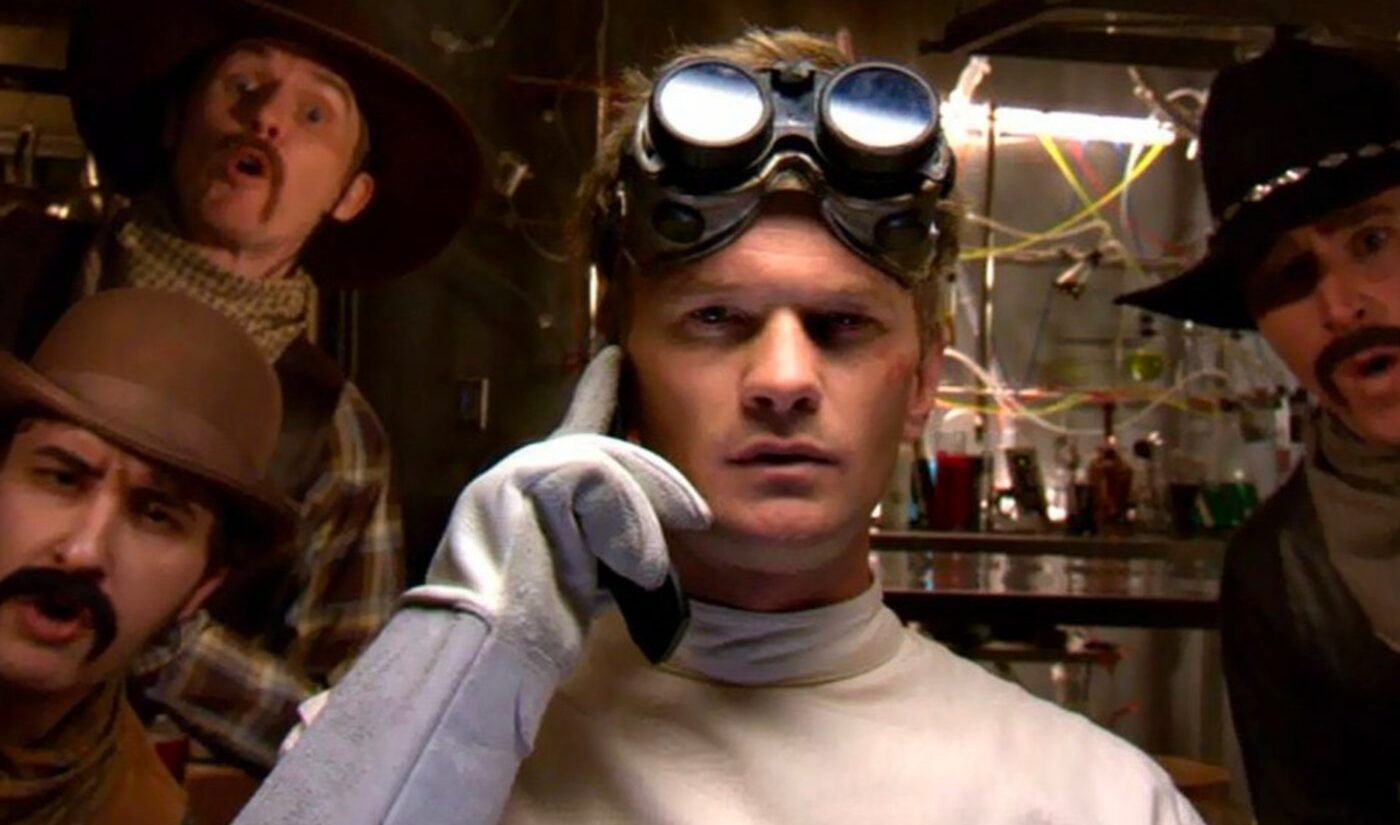Let’s take a trip back to November 5, 2007.
“Crank Dat (Soulja Boy)” is the #1 song on the Billboard charts, Netflix’s DVD delivery service is approaching its peak, and the Writers Guild of America (WGA) has just announced that 12,000 television and film screenwriters will go on strike after negotiations with Alliance of Motion Picture and Television Producers (AMPTP) fell through. The 2007-08 writers’ strike ultimately lasted 100 days, ushering in sweeping changes in the media landscape.
Many of those changes took place online. One of the WGA’s major grievances concerned new media royalties. Writers sought steadier income from digital distribution of their work, and they ended up with a bigger piece of that pie once the strike was settled.

Subscribe to get the latest creator news
The then-new industry of online video presented a problem for traditional media screenwriters, but it also offered a solution. As the strike forced TV programs into extended reruns, showrunners went online to take advantage of the creative freedom promised by platforms like YouTube and Vimeo. One project produced during the 2007-08 writers’ strike was the pioneering musical Dr. Horrible’s Sing-Along Blog, which became a viral sensation after hitting the web in 2008.
If you’ve been following the news, you probably see where I’m going with this.
As of May 2, 2023, the WGA is on strike again. This time, the union has a different complaint about new media. As streaming services like Netflix have ushered in a content boom, writers have seen their working conditions worsen. Through a work stoppage, they are hoping to secure higher pay, larger writers’ rooms, and stronger contracts. “The companies’ behavior has created a gig economy inside a union workforce,” reads a WGA statement.
The last writers’ strike brought about a new era of online video. Thanks to shows like Dr. Horrible, the web series community grew from a small group of hobbyists to a sprawling industry full of professional creators. Now that the latest WGA work stoppage has temporarily shuttered late-night shows like Jimmy Kimmel Live and The Daily Show, it’s a fair time to pop the big question: Will new media platforms and artists benefit from this strike the same way they did 12 years ago?
Short answer: No.
If the strike lasts for a significant amount of time, it will eventually affect streaming services, not just scripted TV shows. In 2007, online video was still in its Wild West era, so it was not subject to the same rules as traditional media. That presented an opportunity for enterprising screenwriters who were willing to work outside of the Hollywood system to pursue passion projects.
In 2023, Hollywood and Silicon Valley are more united than ever before, but more importantly, the culture of content creation has changed. In 2008, Dr. Horrible co-creator Joss Whedon was seen as an innovator. These days, he’s being called a scab on Twitter (and that’s not the only damage that’s been done to his reputation).
Because of the current conversations around organized labor, screenwriters will be less likely to leave the picket line in favor of platforms like YouTube. Variety noted that many showrunners are expected to cease their production work in order to show solidarity with the striking workers.
But the 2007-08 web boom wasn’t really about TV writers, anyway.
Sure, the Joss Whedons of the world made web-based material during the last writers’ strike. But a more important shift occurred simultaneously: Since audiences could no longer watch new episodes of scripted TV shows, they paid more attention to the rising class of internet personalities.
Felicia Day, who played Dr. Horrible’s love interest in Sing-Along Blog, earned a new crop of fans for her RPG-inspired web series The Guild. One of the stars of that show, Sandeep Parikh, went on to launch a video game comedy called The Legend of Neil (which featured a cameo from Dr. Horrible co-creator Melissa Tancharoen). Creators like Tony Valenzuela and David Wain turned heads with material released during the strike.
As hit TV shows experienced sharp declines in quality (I’m still sad about what happened to Heroes), online content gained newfound credibility. If the 2023 writers’ strike drags on long enough to affect traditional scripted fare, digital creators might benefit from another surge in interest.
15 years ago, the “creator economy” wasn’t a thing, at least not in those words. The term “creator” didn’t even mean what it means now. If a work stoppage in traditional media causes TV holdouts to explore online video for the first time, the current crop of enterprising influencers will be able to monetize their new viewers through revenue streams that didn’t exist in 2007.
But the conditions that spawned the creator economy may also limit the potential of a 2023 web-aissance. YouTube, Meta, and Snap have pivoted away from TV-style programming initiatives because they’ve realized that working directly with creators is more efficient than producing traditional shows.
In a sense, the 2007 writers’ strike — and the arrival of the YouTube Partner Program the same year — hastened online video’s rise to legitimacy. At the same time, innovators like Felicia Day and Sandeep Parikh showed viewers that the web series format could offer experiences that were unavailable on TV. 16 years later, some online video communities are closely tied to Hollywood, while others are intentionally distancing themselves from traditional models. A smaller proportion of creators stand to benefit from a pivot to the web, so a second “Dr. Horrible effect” may not be in the cards. I guess the fruits of the last writers’ strike will have to suffice.








